Workshop Wound Care
Product Description
by Dr. Jeffery Hill
“Workshop Wound Care” – part of the Lost Art Press pocket book series – delves right to the heart of what you need to know when faced with common workshop injuries, from lacerations, to puncture wounds to material in the eye.
The author, Dr. Jeffery Hill, is an emergency room physician and an active woodworker. So he knows exactly the information a woodworker needs to know when it comes to injuries. And he presents information in a way that a non-medical professional can easily understand it.
This is definitely a field manual – not a medical textbook. The book is organised so you can quickly get to the information you need. So that when you cut (or burn or crush) your something, you can turn right to the instructions you need to take care of the problem.
Lost Art Press were surprised by how much they learned about wound care while editing this book. They set aside their coagulant dressings and hydrogen peroxide and have instead been using Dr. Hill’s instructions for dressing wounds so they heal faster.
Also surprising: The first aid stuff you need is not exotic or expensive. Dr. Hill recommends items you can get easily at a good pharmacist or online. Lost Art Press have built out their shop’s first aid kit to match his recommendations. And this process has brought a sense of relief. Off the shelf first aid kits are hit or miss when it comes to having what you need for the workshop. After reading the book, you will feel prepared for *almost* everything.
With the help of "Workshop Wound Care," when (not “if”) you hurt yourself, you’ll be back at the workbench in the minimum amount of time, and with as little agony as possible.
Like all Lost Art Press books, "Workshop Wound Care" is produced and printed entirely in the United States. The 184 page book is hardbound, 4" x 6 1/2" and printed on bright #70 paper. The pages are sewn and then backed with a fibre tape so the binding will last generations.
Table of Contents
Chapter 1: Introduction
A practical guide for triaging and managing wounds in a wood shop. Along the way you’ll learn a bit about anatomy, wound healing and the pathophysiology of certain types of wounds, in addition to learning how to stop bleeding, dress wounds, and, heaven forbid, store and transport an amputated finger tip for possible re-implantation.
Chapter 2: Build a Proper First Aid Kit
Standard first aid kits that you buy over the counter contain some useful items but usually not in proper quantities or of proper quality. Here, you'll learn what you really need.
Chapter 3: How to Stop Bleeding
Stanching the flow of blood from an open wound is of obvious importance – but it is often done wrong. Here you'll learn the proper approach to stop bleeding from various type of wounds
Chapter 4: Wound Healing Primer
The pathophysiology of wound healing is a series of biochemical cascades; understanding (in plain language) what is happening at a cellular level can give additional insight into expectations of the wound healing process.
Chapter 5: Anatomy Primer
Understanding the anatomy of frequently injured parts of the body can help you evaluate the seriousness of a wound – for the workshop, that means primarily the anatomy of the hand and face.
Chapter 6: Red Flags
Judging exactly when to seek care after an injury is situation-dependent, but there are certain things which will absolutely necessitate additional care by a medical provider (loss of function, neuromuscular compromise, wound healing, cosmetic concerns).
Chapter 7: Tetanus is a Bad Way to Die
Learn the risks of tetanus based on exposure type and immunization status with a brief primer on what tetanus is and how infections occur.
Chapter 8: Early Wound Care Principles
Appropriate early wound care, and in particular proper irrigation, is important for decreasing the risk of infection. Learn irrigation techniques with a focus on those that have the best evidence for preventing infections.
Chapter 9: Wound Dressings
Whether dealt with in the shop or at a doctor’s office, an understanding of how to appropriately dress a wound to ensure a clean, not overly moist healing environment will help in healing. The focus here is on care of sutured, taped and glued wounds, and bandaging techniques that will lead to secure(ish) dressings.
Chapter 10: So You Cut Your ____ Off? Now What?
Get clear instructions on how to properly store an amputated piece of your body for possible reattachment, as well as immediate care and common treatment of amputations.
Chapter 11: Lacerations
The initial care and triage of lacerations (a common workshop injury) depends on the nature of the wound and what caused the tissue injury. Clean cuts from knives and chisels will generally be easier to manage than tissue-loss injuries caused by power tools.
Chapter 12: Crush Injuries
A misplaced blow of a hammer or dropped workpiece cab crush tissues and possibly break bones. Learn general triage and pathophysiology of these injuries, with a special focus on subungal hematomas (bleeding/bruising under nails).
Chapter 13: Puncture Wounds
Puncture wounds may appear innocuous but pose the greatest risk in terms of wound infection. The triage of the wounds generally revolves around the site of injury, what caused the puncture and the cleanliness of your skin and the object that punctured you. Splinter management is covered in this chapter.
Chapter 14: High-pressure Injection Injuries
This particular type of puncture wound can seem relatively minor at first, however it can be incredibly devastating, with extensive tissue loss from necrosis that develops in hours and days.
Chapter 15: Eye Injuries
The eye deserves special attention as there is risk of permanent vision loss with some types of injuries. Here you'll learn about corneal abrasions, metal and organic foreign bodies and puncture wounds/open globes.
Collect in Store
This item is available for collection.
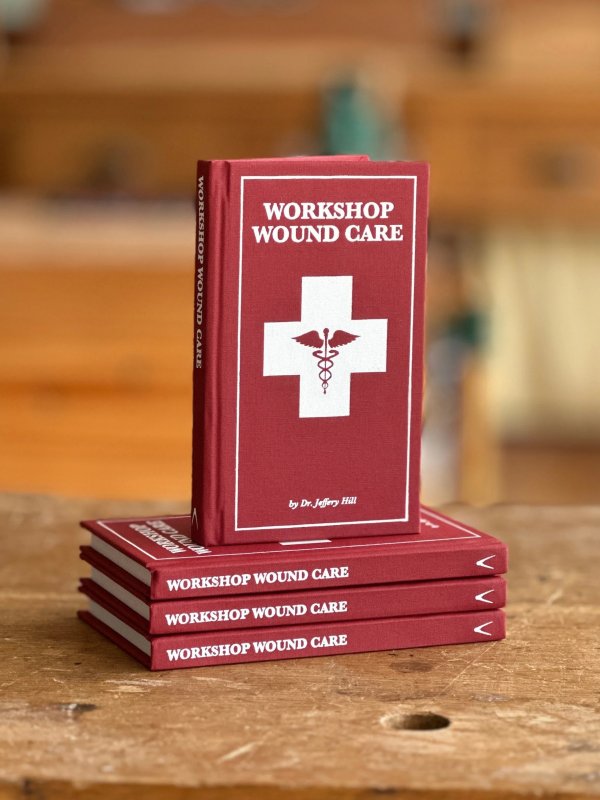




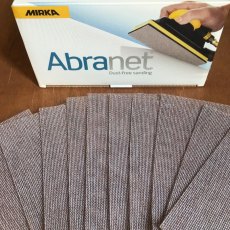
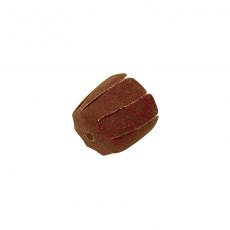
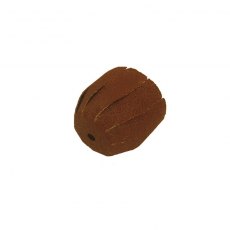
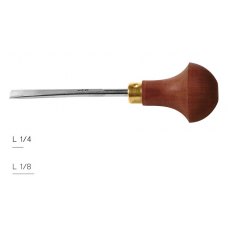
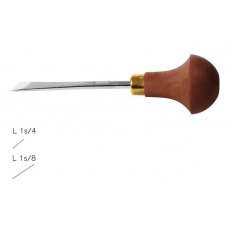
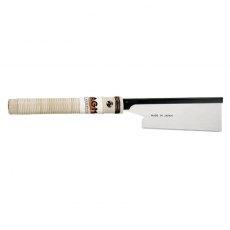
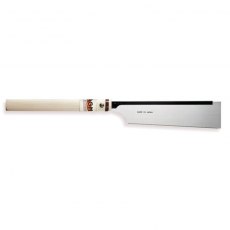
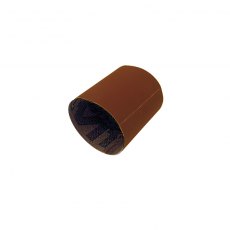








Write the first review